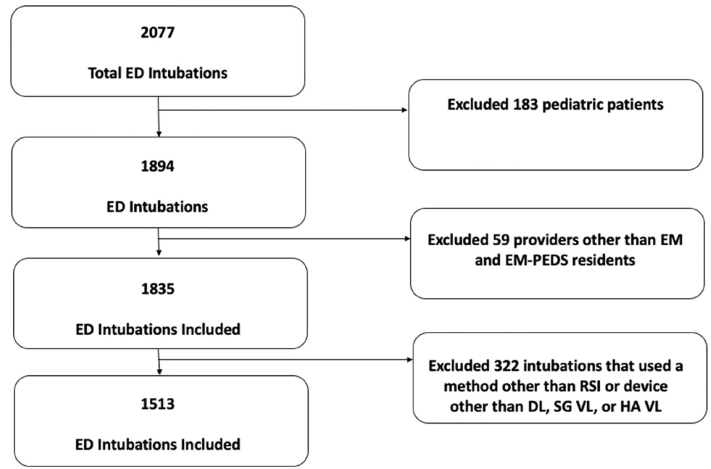
In competitive engineering landscapes, achieving successful product designs quickly often determines business success. However, conceptually sound ideas can easily falter during implementation due to overlooked nuances. Unanticipated noise, interference, thermal issues, manufacturing variability, and more lead to subpar results, expensive respins, and delayed delivery. Modeling and simulation techniques empower teams to foresee and address such issues virtually, maximizing the probability of first-pass silicon and hardware success. Let’s explore how modeling both electronic systems and their intended environments sets up projects for excellence.
Model Early, Model Often
Many pioneers echo the wisdom of building rigorous models early in design processes. According to Michael Barr, editor of Embedded Systems Programming, effective modeling helps designers “fully understand requirements and constraints before writing a single line of code.” Establishing unified architecture and behavior references prevents disjointed efforts. Models evolve flexibly alongside implementation details, enabling continual validation.
Likewise, MathWorks founder Jack Little recognizes that simulation is most effective when “started early and used often in the design flow.” Continuous modeling helps prevent late-stage surprises that cause delays or force compromises. Iterating early with a virtual prototype surpasses relying solely on theory or prior experience. Analysis and visualization capabilities also deliver insight difficult to achieve otherwise.
For complex systems engineering, NASA standards mandate creating executable requirements and design models “as soon as feasible.” Such best practices acknowledge the high costs of late-stage changes. For mission-critical development, modeling serves as indispensable due diligence. Performing extensive scenario testing in simulation reduces the risk of inadequacies escaping into final implementations. The earlier flaws are found, the lower the disruption and rework costs.
Multidomain Modeling
While methods like electrical circuit simulation have long traditions, multiphysics modeling has grown more prominent as systems integrate tightly. Tightly coupled software, electrical, mechanical, and thermal behavior are the norm in mechatronic products. Modeling across domains provides vital visibility into overall performance and tradeoffs.
For example, ANSYS multiphysics analysis captures interdependencies between electrical, structural, fluid, and thermal simulations. Coupled models enable optimizing designs like motors for efficiency, temperature profiles, vibration, and noise holistically rather than sequentially. Such tools are advancing concepts like model-based systems engineering.
Likewise, integrated modeling and simulation platforms like Simcenter address interfaces between disciplines. As Boris Marovic of Siemens explains, “Embedded software, mechanics, electronics, and more are becoming inseparable.” Simcenter’s unified environment aims to help engineers “understand the complete system across domains.” Here modeling guides better decision making amid complexity.
For some applications, even multiphysics analysis is insufficient without including the operating context. Dan Negrut, professor of mechanical engineering at UW-Madison, argues that “good simulation predicts not just behavior, but the right behavior in the right context.” His team creates high-fidelity models incorporating terrain details and sensor data to accurately replicate vehicle dynamics virtually. Such meticulous representation is driving advances in technologies like autonomous driving.
Modeling Manufacturing
Another critical yet often overlooked aspect is modeling manufacturing variabilities. IC fabrication introduces small physical differences between chip instances that manifest as performance spreads. Likewise, PCB assembly and chassis fabrication processes generate tolerances. These realities clash with designers’ idealized mental models.
Ansys Docea Power speeds development by modeling manufacturing spread directly from semiconductor device characteristics. The tool automatically generates statistical distributions for gate delays, slew rates, leakage currents, and more at the compact model level. Designers can then assess functionality and yield under modeled process variation without costly overdesign. Docea’s unique capabilities to bridge design, device physics, and manufacturing help “silicon become right the first time,” says industry analyst Cian O’Mathuna.
On the mechanical side, Simufact Additive helps engineers account for 3D printing effects like residual stress, distortion, and porosity by linking with process physics. Designers can adjust printer parameters within the simulation to trade off quality factors relevant for both function and lifespan. Such tools boost designers’ agility for cost-optimized hardware.
Modeling Brings Success into Focus
In essence, modeling shifts discovery efforts earlier when redirection is least expensive. Trusted simulations illuminate sensitivities and risks that are impossible to discern from principles alone. Designers gain agency to assess merits and weaknesses of each idea comprehensively. In practice, modeling enables organizations to skip costly prototyping steps in favor of verified designs.
As MathWorks’ Little recounts, “I have seen companies slash their hardware prototyping efforts by 80 percent or more” by committing to continuous modeling. For today’s integrated, high-performance designs, simulations drive innovation cycles by revealing deeper insights faster. Just as professional athletes diligently review game footage to perfect execution, leading engineering teams embrace modeling to sharpen solutions. First-pass success relies upon accurately envisioning — long before building — how designs will behave within complex realities.















